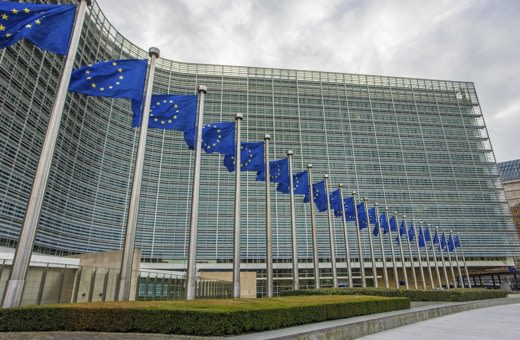On 22 June, the European Commission published the proposal for a Regulation on nature restoration. This is yet another addition to the Commission’s prolonged pipeline of forest-related initiatives.
Before even starting to discuss the content of the Regulation on nature restoration, one should understand the scale of the issue and who will be hit the hardest. According to the Commission’s impact assessment, the costs for Finland are the third largest in the EU, at nearly EUR 1 billion per year, whereas for Germany, for instance, they would be EUR 150 million per year. Finland’s amount is the highest relative to GDP in the EU Member States (0.39% of GDP). The indirect effects on private landowners, industry, municipalities and tax revenues, among others, are missing from the assessment. This is far from fair, no matter from which perspective you are looking at it.
The Regulation is directly applicable legislation and sets binding, percentual targets for the Member States to improve the condition of the habitats defined in the EU’s Habitats Directive. Forest habitats to be restored, defined in the Habitats Directive, include boreal natural forests, herb-rich forests and esker forests, among other things. Boreal natural forests are a major forest habitat type group and increasing its area through restoration would require conservation or the burning of forests. In addition, bog woodland constitutes a major group in mire, bog and fen habitats. Finland has just launched the Helmi habitats programme, based on voluntary activities, in which restoration measures constitute a significant entity. However, its scale is only a fraction of what the Commission wants now. Is it so that in the future, voluntary action is not enough?
In addition, the Member States must re-establish the above-mentioned habitat types if the area and quality of the habitat types do not reach the favourable area as a result of restoration measures. As the reference point, the assessment uses the area of the habitat type 70 years ago. Let’s look at Finland 70 years ago, in the 1950s. Our country had just overcome the war and started to build society, in which the use of forests and the draining of bogs played a significant role. In many other EU Member States, the situation with forests was different as a lot of forests had already been cleared to give space for other uses at that time. Thus, the reference year proposed by the Commission hits us particularly hard, which can be seen in the estimated costs.
In Finland, the potential of habitat type restoration is millions of hectares of forest and bog woodland. However, at this stage, it cannot be estimated how much of these habitat types will finally be included within the scope of restoration as the proposal contains a lot of obscurity. In any case, it is a question of a significant number of hectares.
Our current Government has struggled with its forest-related views throughout the entire government term. Now would be time for a real tour de force as otherwise going may get tough with regard to forests and drained peat forests. The implementation will be left to the next Government, as with all other new and updated forest initiatives of the EU. The next Government may later wonder about the current Government’s work to protect the country’s interests in the EU and be puzzled over why they did not fight for the forest sector, one of the cornerstones of the Finnish economy. This really is a crucial case for Finland. One should protect one’s interests when there is a valid reason for it. And now there definitely is.







